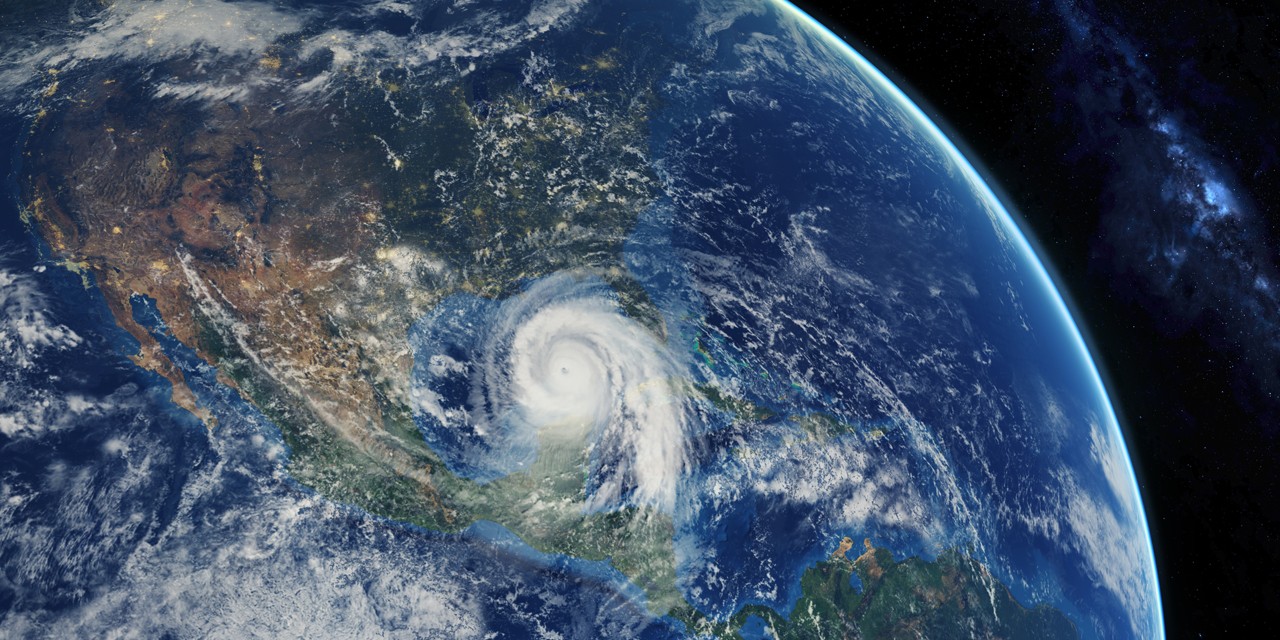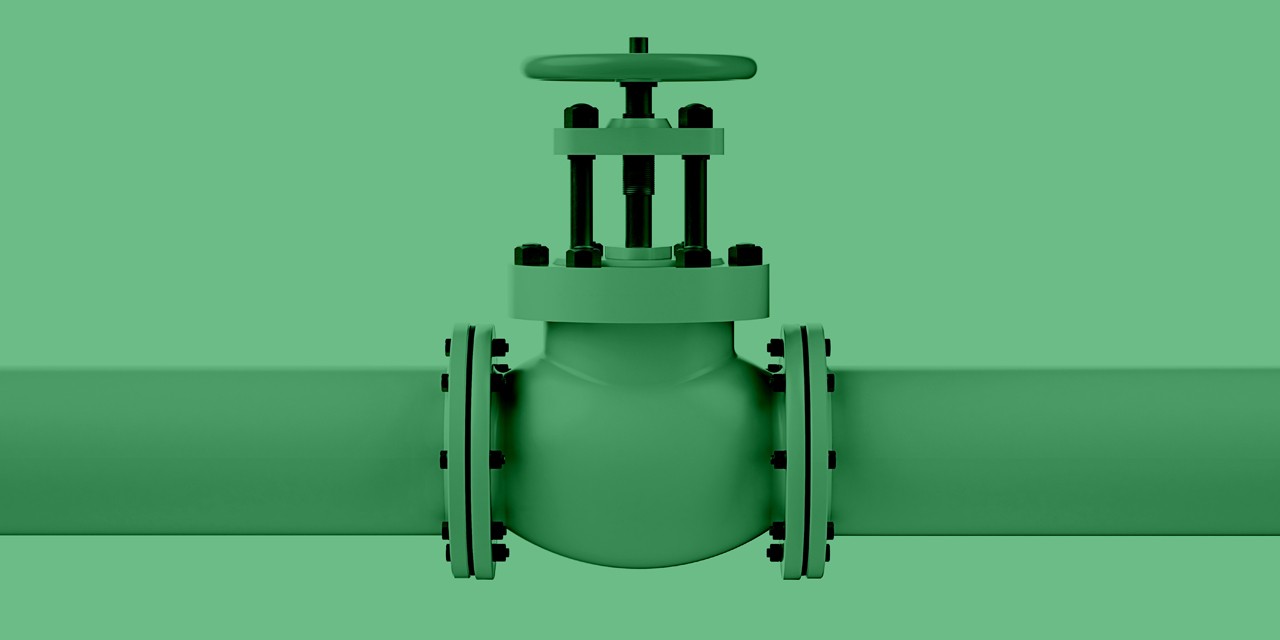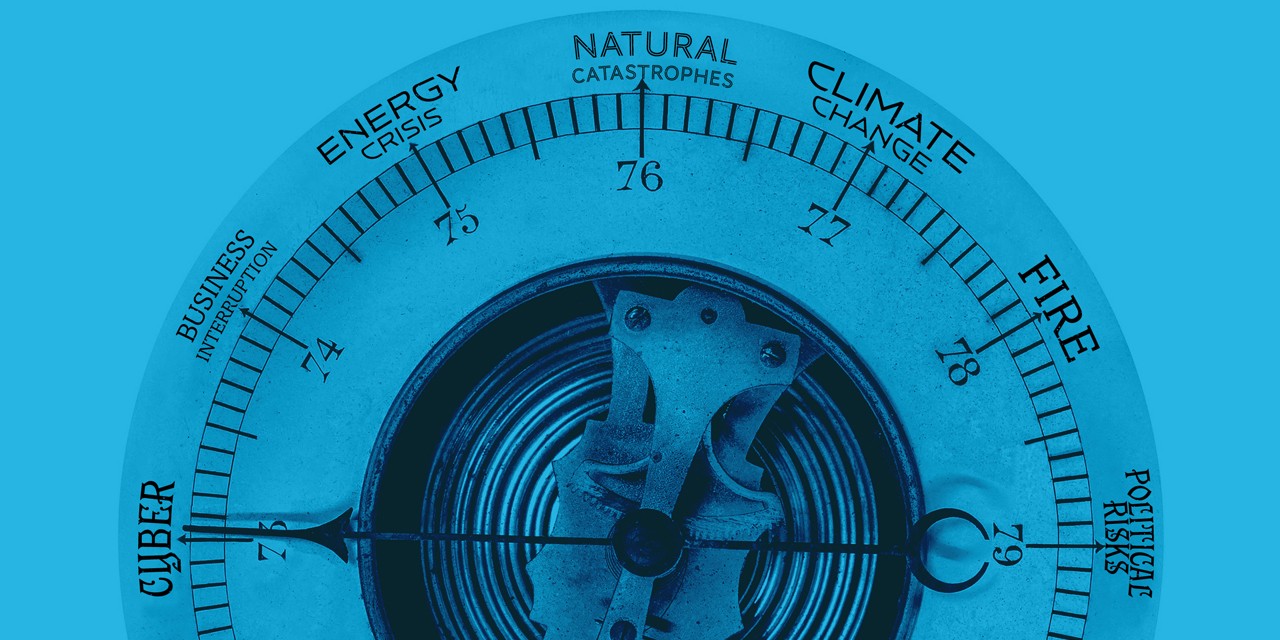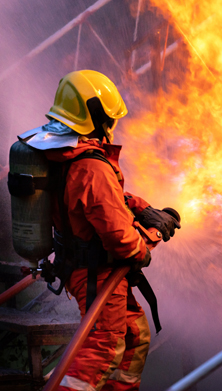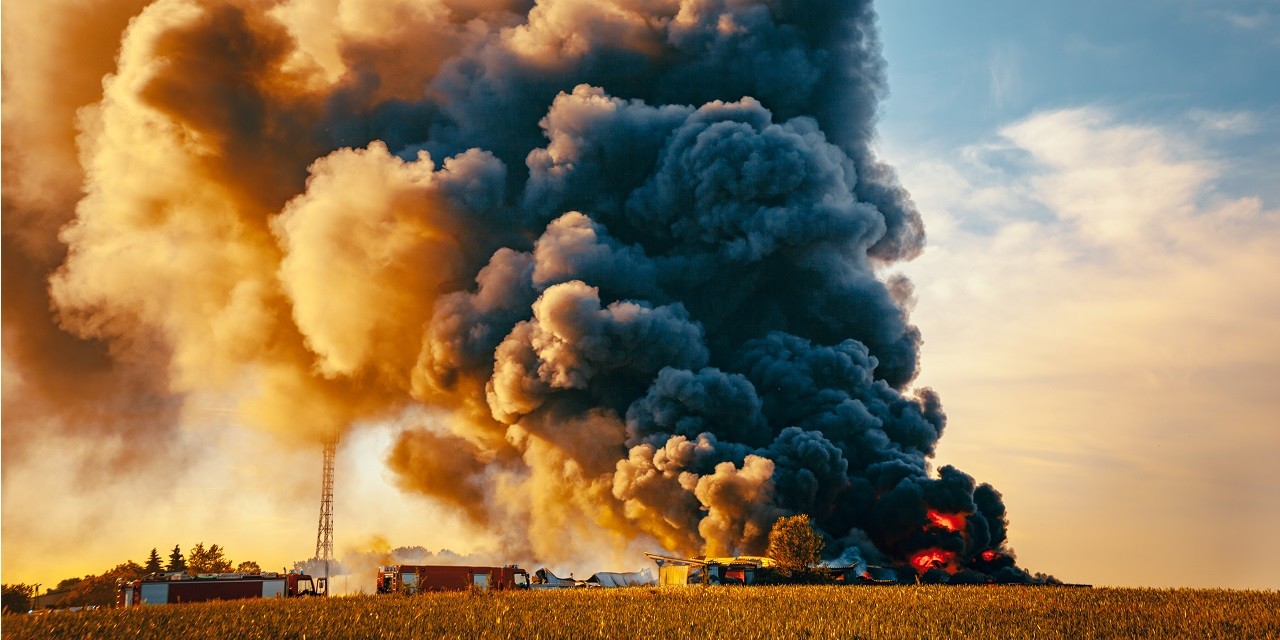The 1 minute dialogue
- Although wildfire numbers have remained relatively constant, season-on-season, their size, volatility and impacts have dramatically increased
- Risk modeling experts attribute “mega-fire” events to increased human activities in fire-prone areas, more dry/dead vegetation due to drought and worsening weather volatility
- Innovative fire-fighting methods, such as spraying biodegradable insulated foam onto structures and vegetation, have been successfully used to suppress fires and save property
- A variety of insurance covers are available to mitigate against fires and, during the wet season that follows, mudslides in previously burned areas
Each year, California burns. But some seasons are worse than others.
In 2018, major fires stretched from the Oregon border in northern California south to the Los Angeles suburbs – a distance of over 685 miles (1,100 km). The worst was the Camp Fire (so called because of its outbreak on Camp Creek Road in Butte County), which broke a 2017 record for the number of structures destroyed (15,573 – 472 of which were commercial) and killed over 80 people1. It became the deadliest wildfire in California’s history and the worst in a century in the US2.
Just three fires, alone – the Camp, Woolsey and Hill fires – caused total insured losses of $9.05bn3, which could balloon to over $13bn when final tallies are in. CoreLogic, a third-party loss estimator, places total California wildfire losses for 2018 at between $15bn and $19bn4.
Of the 20 largest wildfires in California history, 15 have occurred since 20005. And while data show the overall frequency of wildfires has remained relatively constant season-on-season, the size, volatility and impact of wildfire events has dramatically increased.
Reinsurance and risk modeling experts have begun using terms such as “mega-fires” and “the new abnormal” when mentioning recent wildfire trends and have identified some contributing trends to worsening conflagrations.
So, is this a new normal? And how can improved risk mitigation techniques help extinguish wildfires.
.
Contributing factors to worsening wildfires
- Increase in property development in and adjacent to areas between unoccupied land and human development (90% of wildfires are caused by people – accidentally or purposefully);
- Increase in fuel loads such as dead trees on the ground due to drought and insect infestation, and a decrease in fuel moisture content as a result of prolonged arid conditions;

- Increase in weather volatility year-on-year, as well as longer dry seasons when intense seasonal wind patterns are most conducive for fire spread;
- Changes in fire behavior, with rapid expansion becoming more explosive due to a confluence of extreme conditions including high temperatures, low humidities, strong winds, high fuel loads (vegetation and structures) and steep, hilly terrain;
- Multiple fires have erupted at the same time and often in close proximity, stretching the availability of fire-fighting resources and their capability for aerial drops of retardants due to massive smoke plumes which reduce visibility.
Foam “coverage” for fire-protection
Among fire mitigation solutions, one of the more novel has been the application of environmentally-safe, biodegradable fire-fighting foam used for pretreatment and suppression around a property’s perimeter and buildings when fire threat is imminent. One such solution, marketed by Consumer Fire Products, Inc. (CFPI), a professionally trained brigade of fire professionals dedicated to wildfire property protection, is applied manually from private fire trucks fashioned with state-of-the-art equipment. The brigades coordinate closely with local incident command centers and operate within active fire zones, at the behest of insurers and other interested parties.
In 2018, Allianz Global Corporate & Speciality (AGCS) had significant accumulations of customers concentrated in the areas of the Mendocino Complex and Woolsey Fires, with variations in topography, density of vegetation and exposed construction. The Allianz Risk Consulting (ARC) and MidCorp Underwriting teams conferred and decided conditions within these areas warranted engaging CPFI services for some customers.

AGCS worked with CFPI to evaluate exposed locations, assess fire threat and prioritize deployment of resources. Eight customers with significant exposure and in close proximity to the forecast fire path were identified, representing all segments of the MidCorp portfolio. CFPI patrolled these locations and took precautionary measures such as clearing brush, relocating flammable materials away from combustible construction and, as a last resort when under imminent threat, spraying buildings and foliage with biodegradable, fire-fighting foam.
Although the ability to know exactly where to invest and deploy protective services real-time is challenging, the concerted monitoring of conditions with underwriters enabled protection services, once deployed, to continue until conditions like wind speed, low humidities and underbrush dryness diminished enough over a seven-day period to safely discontinue services.
Predictive and protective mitigation
Insurance can offer mitigation solutions to wildfire events, through close association with support services like CFPI.
“We are pleased to support communities struggling to mitigate extreme catastrophes like wildfires,” says Scott Steinmetz, Global Head of Risk Control, MidCorp, AGCS. He explains that innovative approaches and services such as CFPI’s represent a part of the new frontier in predictive and proactive mitigation responses and that the insurance industry should be at the center of the dialogue as such capabilities emerge.
After an event, insurers should ramp-up communication efforts with customers – making immediate contact and maintaining it until adjusters can access impacted areas to assess damages, advance funds and analyze and facilitate customer needs (e.g. finding temporary storage locations or modifying existing undamaged structures – as in the case of the help AGCS provided to a winery in 2018 when it paid to modify an existing structure to accommodate a destroyed tasting room and enlisted winery employees to help clean-up so the business could reopen).
“While our capabilities as an insurer are overmatched by the nature and size of weather patterns and resulting consequences,” said Brian Klepchick, Global Head of MidCorp Property, “We support and respond to wildfire events when they occur and help solve problems in the very communities in which we also live. We are committed to bringing risk awareness, property preparation and customer service wherever we can.”
Insurance support
Besides property insurance, which covers existing structures, and time element coverages to protect against business interruption, some “inland marine” coverages can also help in the rebuilding phase (e.g. repairing a burned-out site that is damaged by ensuing mudslides).
- Builders risk coverages protect real estate developers, contractors, subcontractors, architects and property owners against rebuilding or remodeling damages.
- Installation floaters insurance protect machinery and equipment to be installed at a project or job site or in temporary storage awaiting installation.
- Riggers liability insurance covers the legal liability of contractors acting as riggers for third-party property that they are holding for others.
- Construction block insurance covers all projects until the customer’s interest ceases.
After the fires, deluge: mudslide mitigation
Often, heavy rains during the wet season in previously burned areas can cause devastating mudslides which can further exacerbate and even increase property loss. According to the State of California Department of Insurance, insured losses from the 2018 mudslides which especially hit the Santa Barbara area hard resulted in 358 commercial property claims, totaling $129.2mn. Taking all claims into account – commercial and personal property – the grand total was $589.5mn3. Damages from mudslides can be as costly as damages from fires. Some tips to mitigate mudslide dangers include:
- Monitor local warnings to know if you are in a mudslide-prone area; common sense is key
- Be aware of your surroundings and the possibility of mudslides
- Be mindful of the potential for large pieces of landscape, including trees, logs, boulders and other debris fields, as well as “floating” destroyed houses, buildings, vehicles, etc. to fall or move in your vicinity.
CFPI – fire services for insurers
CFPI trucks are equipped with state-of-the-art equipment, including an environmentally-safe foam system which, when applied to combustible material, creates a thermal barrier to protect property in imminent danger of fire. CFPI coordinates closely with local incident command and can travel within active fire zones.
CFPI monitors exposures and takes precautionary measures, such as clearing brush, relocating flammable materials away from combustible construction, and, in extreme cases of danger, spraying buildings/foliage with biodegradable, fire-retardant foam.
The solution is offered where properties are most vulnerable and as brigades are available. Underwriters use the information gained during these monitoring operations for ongoing predictive and early response opportunities.

Hardening defenses
Irene Rhodes, Founder and CEO of CFPI, united her backgrounds in engineering and firefighting to create a system that automatically sprays a biodegradable protective foam onto structures when a wildfire is nearby. Rhodes has 30 years of experience responding to wildfires and says the 2017 and 2018 seasons were unprecedented.
“These were back-to-back 200 year events. Drought, warmer trends, 100% ember fire combustion rates, and 1% humidity were all contributing factors,” Rhodes says. “There was just so much fuel from the quick growth in the spring — enough fuel to burn 40,000 to 50,000 acres in under 6 hours — that’s a lot of flash fuel.” Rhodes noted the fires were more terrain- than wind-driven, feeding off dry vegetation."
“We took risk prevention and mitigation to the next level by hardening clients’ defenses and preserving property in partnership with policyholders,” added Scott Steinmetz, Global Head of Allianz Risk Consulting MidCorp, “We’re looking into how this form of an innovative, in-event mitigation service on such a large scale can be tailored to meet the needs of customers exposed to various natural perils.”
Wildfire facts and figures – 2017-2018 [5]
- In 2018 there were 58,083 wildfires in the US, compared to 71,499 in the same period in 2017
- The 10-year average (since 2008) of annual US wildfires is 69,020, up from the 5-year average of 63,717 in 2013
- Mendocino Complex Fire in Northern California in July 2018 was the largest fire in state history (459,123 acres)
- Carr Fire a week before was the eighth most destructive in California‘s history
- Both fires claimed 8,900 homes, 329 businesses, 800 autos/ commercial vehicles resulting in over 10,000 claims
- Camp Fire in November 2018 was the deadliest, most destructive fire on record in California killing 88 people and destroying around 530 commercial buildings
- Hill and Woolsey fires occurred on the same day as the Camp Fire, but further south, destroying over 100,000 acres combined
- About 10 million acres were burned in 2017 in the US, compared with 5.4 million in 2016
- In both 2018 and 2017 average acres burned in California were higher than the 10-year average.
Download the Global Risk Dialogue
1. CBS News, Rain could cause ash flows in town devastated by Camp Fire, November 20, 2018
2. Government of California, Cal Fire Incident Information: Camp Fire, November 20, 2018
3. Advisen, California fires: Why there will be more disasters like Paradise, November 19, 2018.
4. California Department of Insurance, Insured Losses from the 2018 Mudslide and the 2017 and 2018 wildfires, September 6, 2018
5. Insurance Information Institute (III), Facts and statistics: Wildfires, 2019
Allianz Group companies
AGCS offices
Newsletter
Keep up to date on all news and insights from AGCS

